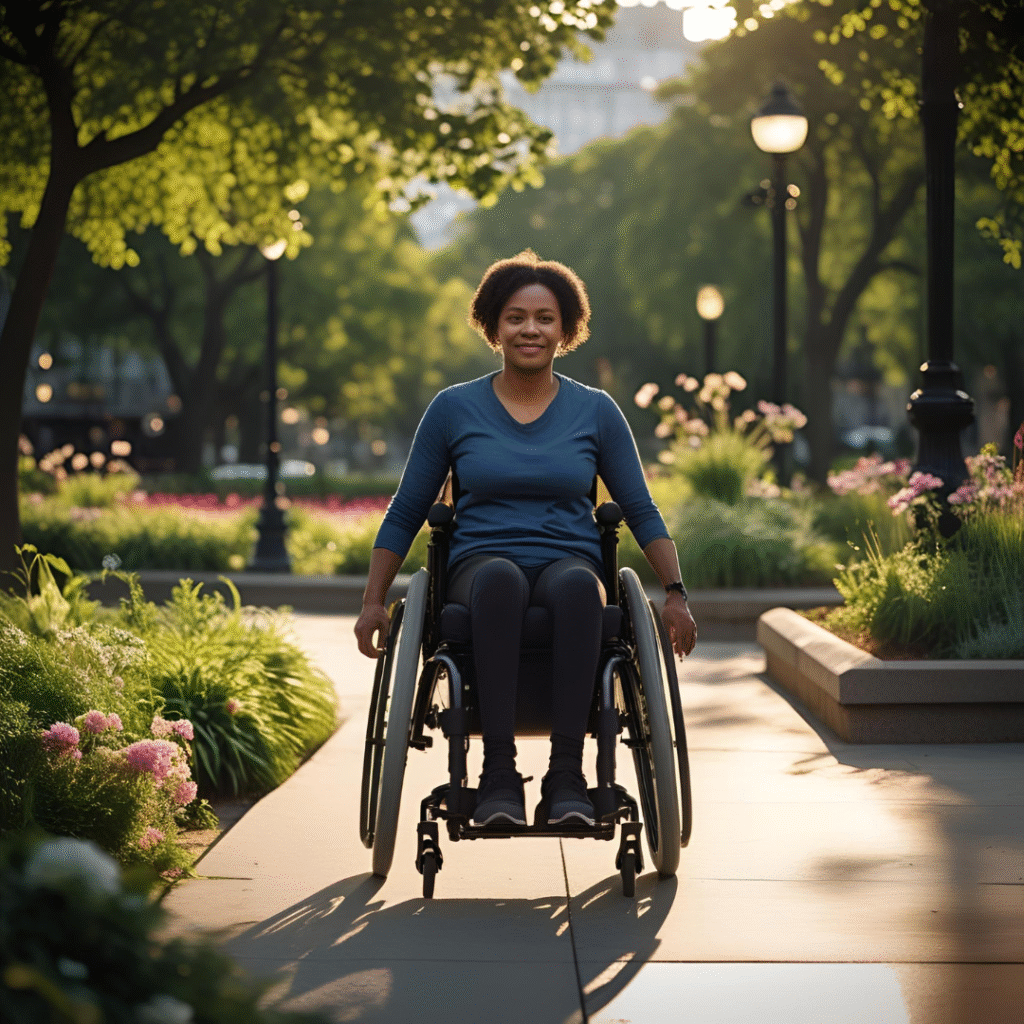Introduction
Ever stared at your to-do list until hours slipped away—and ended the day feeling exhausted yet accomplished nothing? If you have ADHD, you’re not simply “lazy” or unmotivated. You may be experiencing what experts call ADHD paralysis—a mental gridlock that makes it hard to start or finish tasks, even ones you want to do.
Studies show ADHD-related executive function challenges often create “analysis paralysis,” preventing people from shifting into action (Brown, 2022). Thankfully, with the right strategies, you can break free from this stuck state.
What is ADHD Paralysis?
ADHD paralysis refers to the state of feeling mentally “frozen,” unable to begin, continue, or complete tasks despite intentions or deadlines. It’s a profound experience of overwhelm—not simply procrastination.
People often describe it as:
- “Knowing what I should do, but feeling physically unable to start.”
- “Being trapped in my own brain.”
- “Staring into space while my to-do list grows.”
This paralysis is neurological, not a character flaw. Research shows it’s linked to disrupted networks in the brain’s prefrontal cortex, responsible for executive functioning (NIMH, 2024).
Why Does ADHD Paralysis Happen?
Several factors contribute:
✅ Executive Dysfunction: Difficulty organizing, prioritizing, or shifting between tasks.
✅ Emotional Overwhelm: Anxiety, shame, or perfectionism can freeze action.
✅ Time Blindness: Difficulty perceiving the passage of time leads to urgent tasks feeling distant—or impossibly close.
✅ Hyperfocus Elsewhere: ADHD brains may lock onto unimportant tasks instead of the ones that matter.
Neuroscience research indicates that dopamine levels in the ADHD brain play a role in motivation and action initiation (Faraone et al., 2021).
Signs You’re Experiencing ADHD Paralysis
You might be experiencing ADHD paralysis if you:
- Feel stuck staring at your computer or phone
- Keep making lists but can’t act on them
- Avoid even small tasks
- Feel guilt, shame, or frustration over “doing nothing”
- Wait until the last possible second to act, triggering panic
Recognizing these signs is the first step toward regaining control.
How to Overcome ADHD Paralysis
While there’s no “magic cure,” practical strategies can help shift from frozen to moving forward.
Break Tasks into Micro-Steps
Instead of thinking, “I need to clean my room,” try:
- Pick up 3 items off the floor
- Put laundry in the basket
- Wipe one surface
Micro-steps reduce overwhelm and lower the mental barrier to starting.
Use External Cues and Reminders
Tools like:
- Timers
- Sticky notes
- Smartphone alarms
- Visual checklists
help anchor attention and create external structure—critical for ADHD brains.
Reduce Emotional Overload
Paralysis often comes from fear of failure, shame, or anxiety. Try:
- Journaling thoughts
- Brief breathing exercises
- Self-affirmations like, “Progress, not perfection.”
Emotional regulation is key to action.Embrace Time Limits and Timers
Use the Pomodoro technique: work 25 minutes, break 5. Short, timed bursts help reduce dread and increase momentum.
Setting a timer can convert tasks from “endless” to “doable.”
Prioritize Self-Compassion
ADHD paralysis isn’t laziness—it’s a neurological barrier. Harsh self-criticism increases shame and makes paralysis worse. Practice:
- Saying, “This is hard, but I’m not failing.”
- Celebrating small wins
Seek Professional Support
If ADHD paralysis severely impacts daily life, seek help from:
- Psychiatrists for medication management
- ADHD coaches for structure and planning
- Therapists specializing in ADHD
Cognitive Behavioral Therapy (CBT) has shown strong results for adults with ADHD struggling with paralysis (CHADD, 2023).
ADHD Paralysis in Different Contexts
ADHD paralysis can appear in:
- Work: Avoiding emails, missing deadlines, struggling to start reports.
- Home: Ignoring laundry, dishes, or paperwork piles.
- Relationships: Freezing during conflict, avoiding hard conversations.
- Health: Delaying doctor appointments or important self-care tasks.
Understanding your personal triggers helps tailor solutions.













